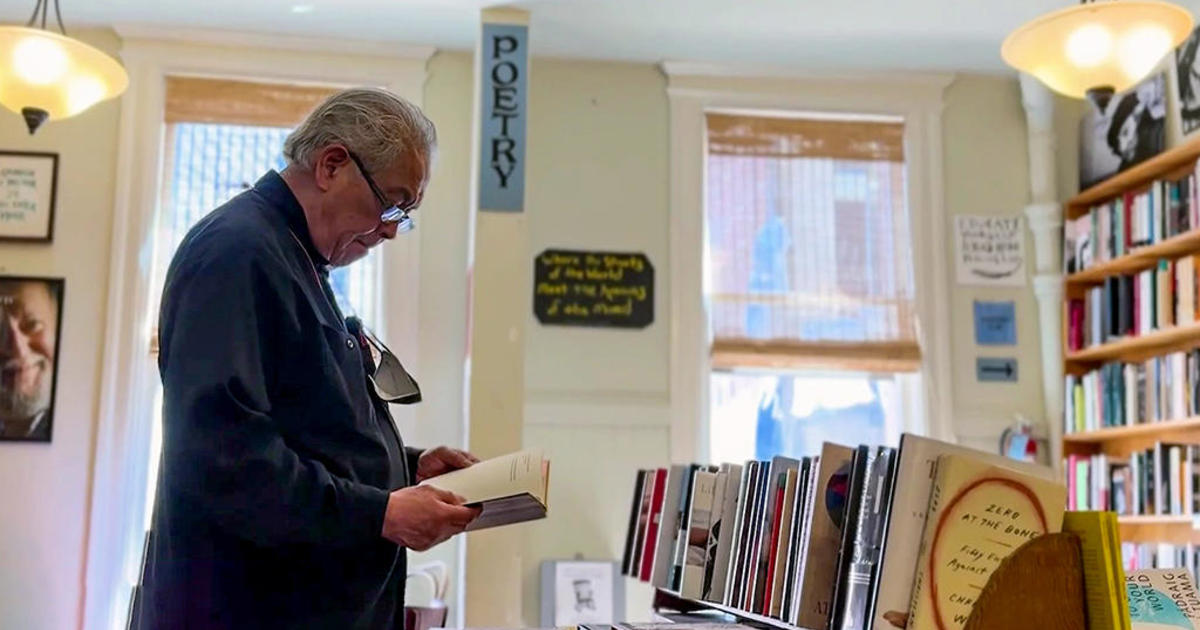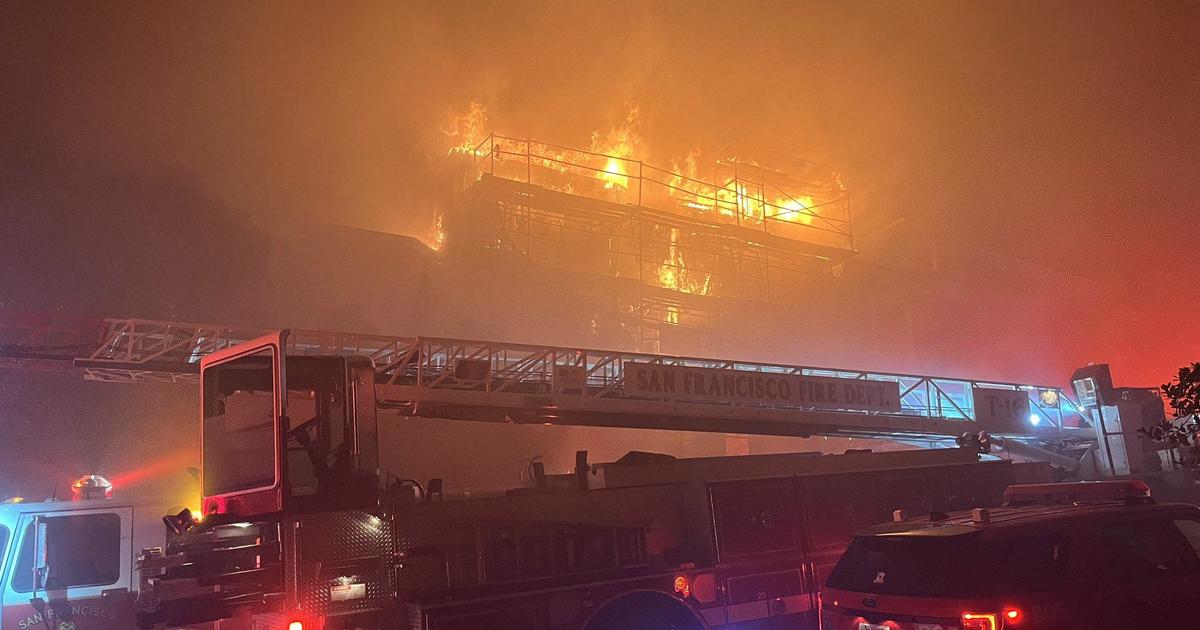Cruise robotaxi runs over hit-and-run victim in San Francisco, sparking renewed criticism
SAN FRANCISCO — A serious crash has once again put self-driving cars under scrutiny in San Francisco.
But this incident started with a human driver who hit a woman, sending her into the path of a Cruise robotaxi.
The woman was struck around 9:30 Monday night in the crosswalk at Market and Fifth streets right after the traffic light turned green. She was then run over and pinned by the driverless car.
Police are investigating the incident as a hit and run as the human driver fled the scene. Meanwhile, the woman was left seriously injured.
While Cruise was quick to clarify that the autonomous vehicle braked as soon as it could, the crash is raising questions about how these cars respond in this complicated landscape where they share the roads with humans.
"Velocity and speed and actuation of brakes and vehicular technology can only happen so quickly in these emergency situations," said autonomy transportation Expert and USF School of Management Professor Billy Riggs.
Riggs has been studying the safety and expansion of robotaxis across the city and believes this is the result of human error.
"Maybe in this case a human driver would have noticed something didn't seem right and would have slowed down before the last second, but maybe not. We really don't know," said Phil Koopman.
Koopman is a professor at Carnegie Mellon University who's been researching autonomous vehicles for more than two decades.
"We're seeing a lot of instances where they're pretty clearly not as good as a reasonable driver. Things like not yielding to fire trucks, things like interfering with emergency responders," said Koopman.
Cruise said its AV had the green light and that it "braked aggressively to minimize the impact" before coming to a complete stop immediately after impacting the struck pedestrian.
"This is more so than some of the other things that they've dealt with recently, one of these cases of an unavoidable collision. Ultimately, it is the result of human error," said Riggs.
Cruise confirmed its vehicle immediately alerted the company, and that authorities asked the AV to be kept in place.
"Even if it's not Cruise's fault, the question they should be asking as well is, what could they do to avoid the next crash that looks like this," said Koopman.
City Attorney of San Francisco David Chiu meanwhile is pushing for state regulators to reconsider their recent approval of unlimited expansion for robotaxis.
"We're concerned not just about traffic congestion, but about dangerous incidents like the ones that have continued to occur. We want to make sure that if there's going to be expansion, that it is tied to safety and performance metrics the companies have said that they have," said Chiu.
"This idea of eliminating every collision that exists is a myth. But the idea that we can actually take human error out of the picture is a huge opportunity," said Riggs.




